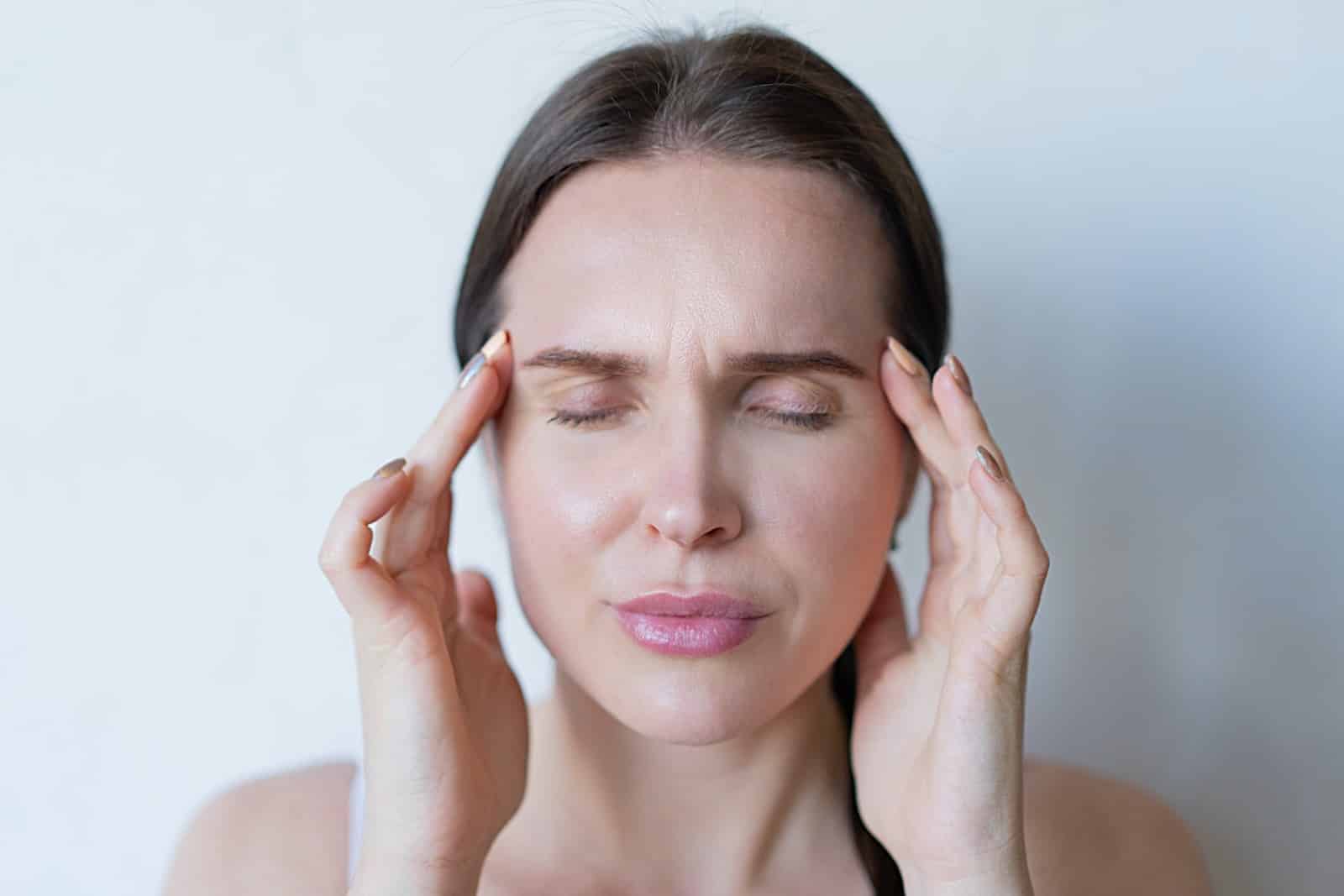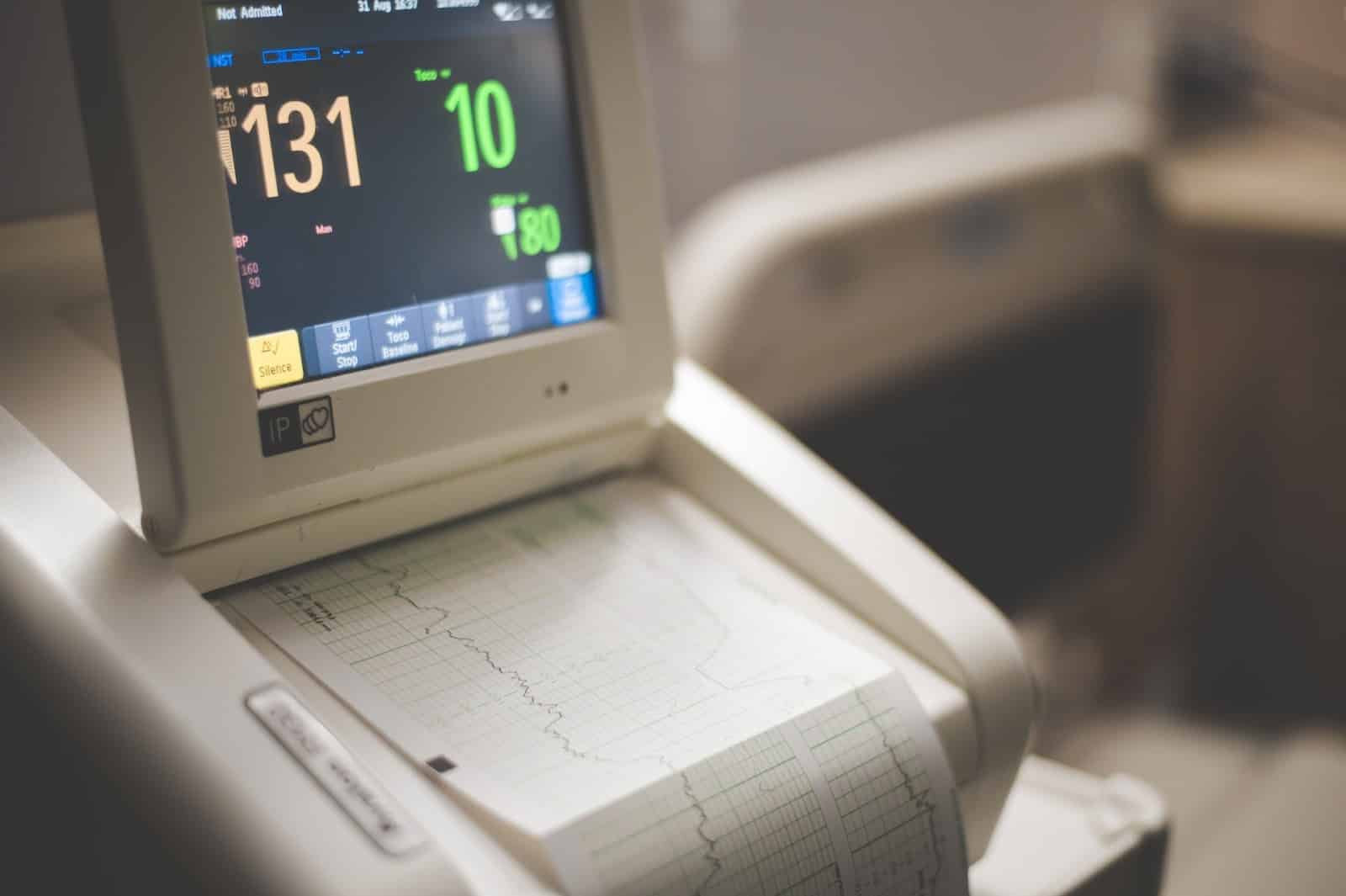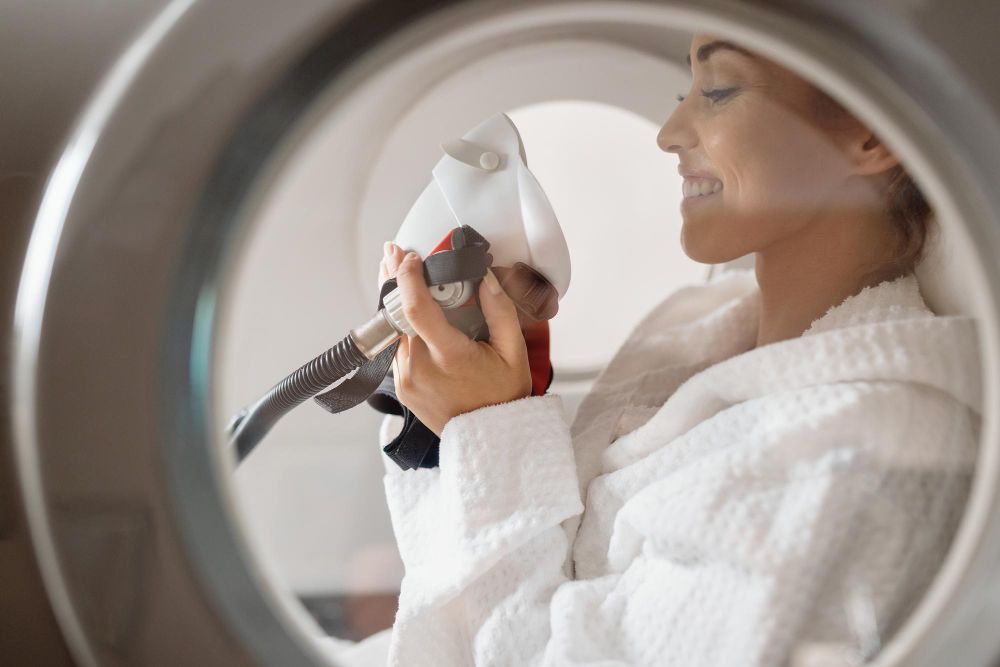1. How Hyperbaric Chamber Therapy Works
Hyperbaric oxygen therapy can be split into three phases: pre-care, therapy, and post-care.
Precare is the period before you begin a HBOT session. Your doctor or wellness provider, during this stage, should run you through all the preparation steps and answer any questions you may have. The information they share will likely include a list of what you can and cannot carry into the hyperbaric chamber and other safety details. They should also provide cotton attire for you to wear for the treatment session.
When you enter the hyperbaric chamber, they may allow you to settle in and get comfortable before sealing the entrance for therapy to begin. A monoplace chamber only allows you to undergo the therapy session alone because it only has room for one person. A multiplace chamber, on the other hand, would allow you to sit in with other patients or a medic.
When the session begins, pure oxygen flows into the hyperbaric chamber and the atmospheric pressure also gradually increases to levels of about 1.5 and 3 times the normal atmospheric pressure. The setting will depend on the pressure level that your doctor prescribed.
The upside here is that you only need to relax and let the chamber and its conditions help your body heal. Nevertheless, as the atmospheric pressure continues to rise and your body acclimates to the new conditions, you may begin to experience some of the following effects:
2. Discomfort in Your Ears
As the pressure in the chamber increases, it becomes higher than the pressure in your body. Your inner ear will, at first, try to balance this difference in pressure to protect your eardrum and to maintain optimal healing. This will, however, not be possible because the pressure in the chamber is unrelenting.
Subsequently, you may begin to encounter the same feeling of fullness or ‘blocked ears’ that you experience when you are aboard a plane or inside a pool of water. Fortunately, the feelingBut, do not fret. It is temporary. You can relieve it by sipping some water or yawning which releases the pressure in the ears through the throat.
In some cases, the discomfort in your ear may recur or persist for the entire session. This is no cause for alarm as your inner ear and hearing will return to its normal state when you get back to normal pressure conditions.
3. Sinus Pain or Pressure

Sinuses are air-filled cavities in your internal facial structure. They are located around the nose and lower forehead.
When pressure in the hyperbaric chamber rises, just like in your ears, it becomes higher than the pressure levels in your sinuses. You may thus begin to feel some pressure around the sinus region or feel triggered to sneeze.
In severe cases, especially if you typically have sinus issues, the sinuses may get inflamed and the pressure might progress to pain. It is advisable to let your doctor know if this happens. Modern hyperbaric chambers have intercom provisions for such communication needs.
4. Body Fatigue
Feeling fatigued is not unusual during hyperbaric oxygen therapy. More so considering that your body cells are under pressure and your heart is pumping at a slightly higher rate. The exhaustion may also be linked to all the internal reactions like cell repair and higher metabolism that start to happen during a HBOT session. Still, it should not trouble you as it usually goes away if you get some rest after your treatment.
5. Warmth or a Chill
The temperature in a hyperbaric chamber may change during treatment. How much it changes can vary based on the size of the chamber and how it works. Large chambers, for example, can get rather cool while others, like a small monoplace chamber, can feel a bit warm because the space is smaller.
Consider asking your caregiver to provide a suitable sheet or something to cover yourself with just in case you get a little chilly.
6. A Increase in Heart Rate

Your heart may begin to beat faster than usual in a bid to pump more blood to all body parts as more oxygen enters your bloodstream. Other factors like anxiety or temperature changes can also pump up your heart rate. Regardless of the cause, your heart rate will likely stabilize when you leave the hyperbaric chamber.
7. Changes in Sight
The pressure in a hyperbaric chamber can slightly alter the shape of the lens on your eye. The ripple effect of this is that your vision may change for a short while during and after the HBOT session. Objects around you, for instance, can look a little blurry or you may have a hard time making out people or things that are a bit further from you.
These effects tend to be short-lived because the lenses gradually return to their initial shape after your hyperbaric chamber treatment.
8. Relief and Relaxation

The higher atmospheric pressure and flow of pure oxygen can provide a feeling of relief and relaxation for patients suffering from soreness and inflammation. It is an especially common phenomenon among athletes or patients with bone-related pain.
The relief from soreness can be attributed to the higher oxygenation of cells in the body. It makes it possible for cells to begin repairing themselves after the stretching and strain that comes with athletic activity. It also helps the cells to start producing more energy to replace what was burned off during high sporting activity.
People with bone-related inflammations can also get relief because oxygenation can trigger immune cells to regulate and stop sending out inflammation cells. If they have swelling, the high atmospheric pressure can gradually constrict their blood vessels and thus prompt the circulation of any stagnant fluids.
9. Anxiety
Anxiety can arise if you feel uncertain about being in such a different environment or are scared about something going wrong during your session. Some people also begin to get anxious when they have physical changes such as those we have discussed above and can not tell if the changes are normal or if their well-being is at risk.
Claustrophobia can equally worsen anxiety in patients that suffer from it. This is, particularly, challenging because such patients can experience a visceral need to flee from the hyperbaric chamber during treatment yet it has to be gradually depressurized for them to exit safely.
- Your care provider can, nevertheless, help you stay calm by:
- Scheduling a group HBOT session as opposed to you being alone
- Planning to use a larger multiplace hyperbaric chamber instead of a monoplace design which may have less room
- Encouraging you to keep communicating during the session to take your mind off anything bound to make you anxious
- Explaining any emerging symptoms and what they mean so that they do not scare you
- Providing medication to calm you down before the session if it is medically allowed
Dive Deeper Into Our Resources
For some insightful reads, we’ve curated a list of recommended articles just for you:
Still haven’t found what you’re looking for? Don’t hesitate to contact us. We’re available around the clock to assist you.
Conclusion
There is no certified handbook that can predict exactly what you will experience during a hyperbaric chamber treatment session. However, knowing and understanding feelings and occurrences like the ones we have discussed above can help you prepare better and enable you to have a better treatment experience. Be sure to also adhere to safety regulations keenly and disclose all essential health information to your doctor to ensure that everything goes well.
